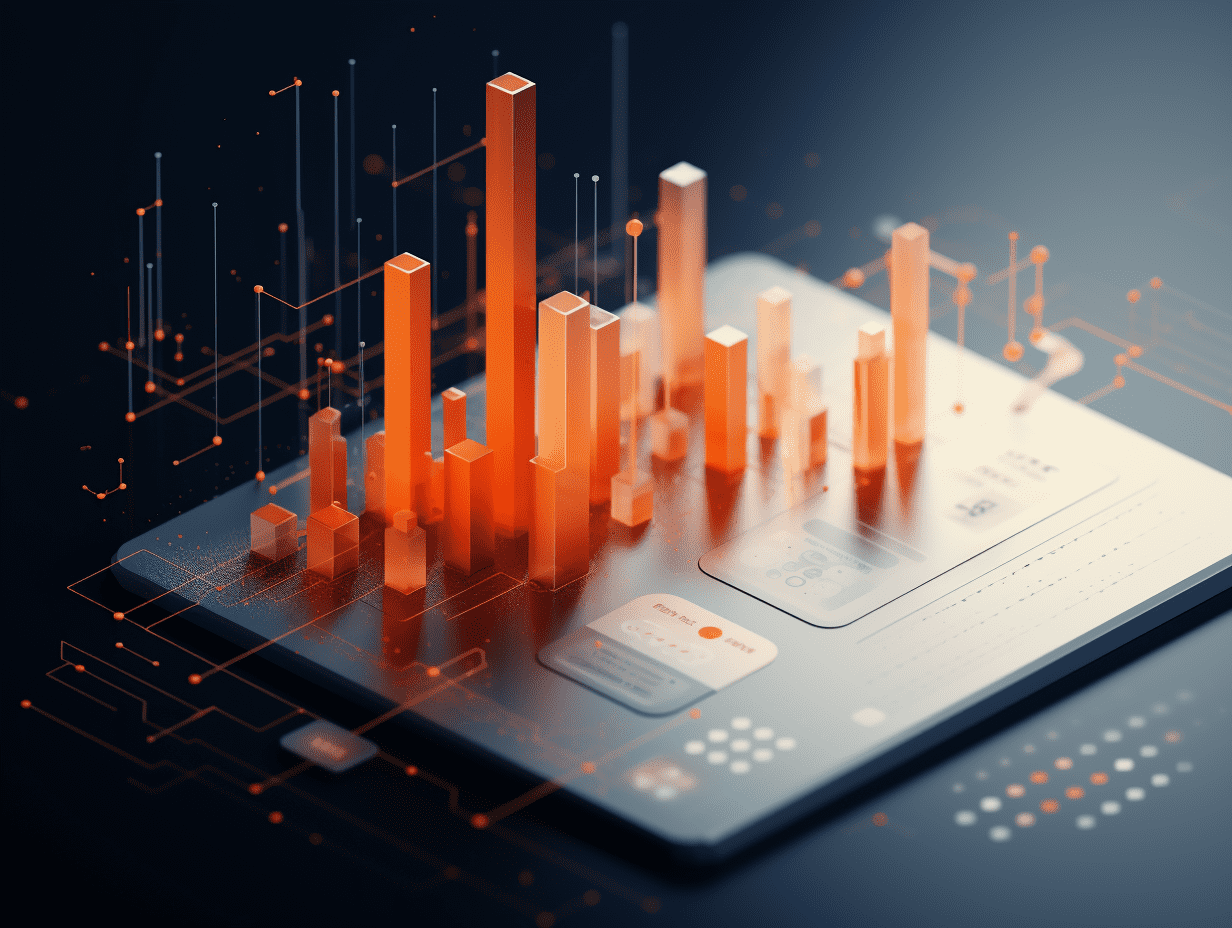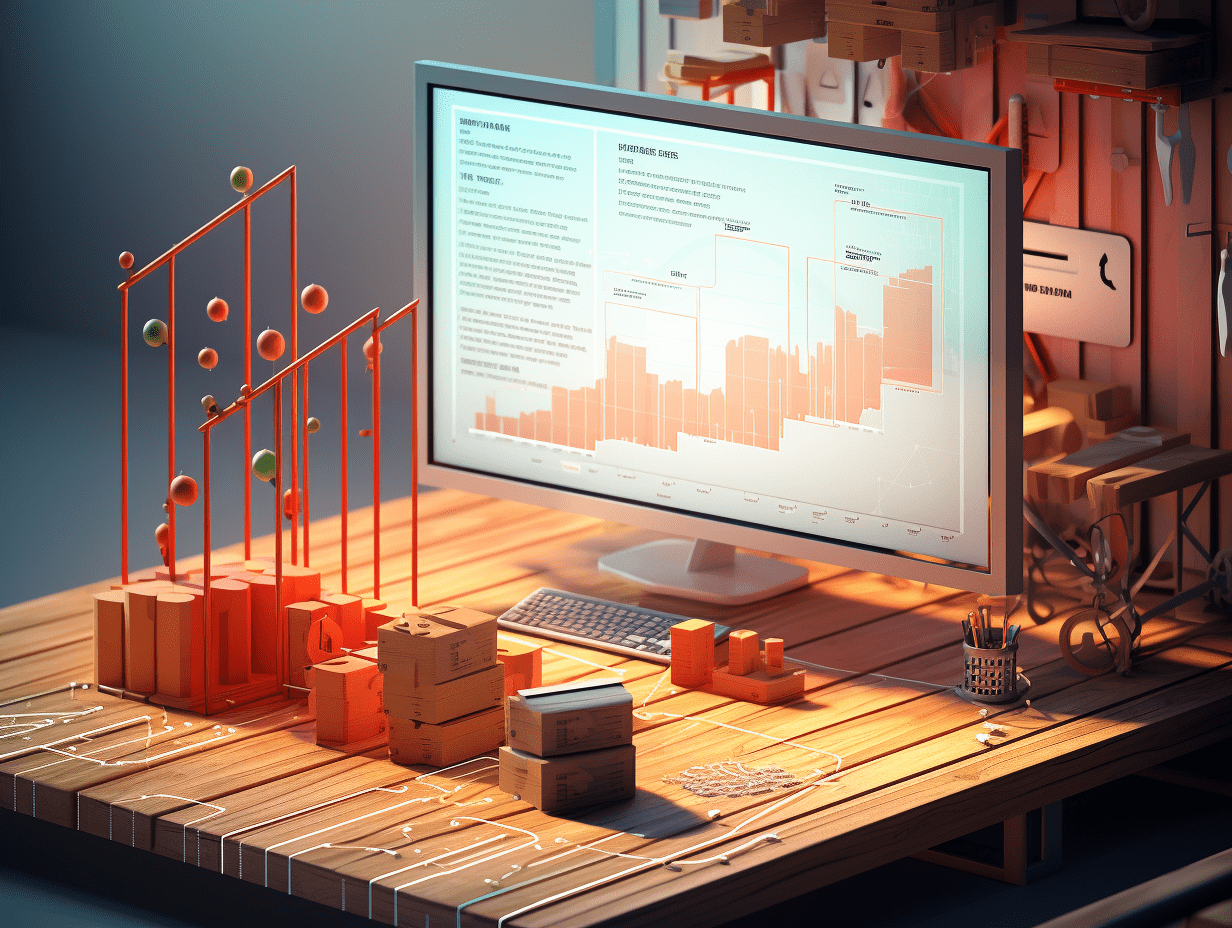
China Securities Co.,Ltd.: Copper and gold prices rise sharply, how will the future unfold?
China Securities Co., Ltd. released a research report stating that since the beginning of January, copper and gold have climbed to historically high levels, but the copper-to-gold ratio has dropped to historically low levels. The pricing of copper and gold is influenced by two macro clues: the uncertainty of tariff negotiations and the easing of liquidity in the United States, which is the reason for the simultaneous rise in copper and gold. However, the supply of copper is not as tight as it was last year, and the safe-haven property behind gold at the beginning of the year is relatively strong, so the copper-to-gold ratio is not as high as in previous periods. In the second quarter, the prices of copper and gold will roughly follow two steps. After the weakening of export demand, the logic of hoarding goods will weaken, and there may be short-term pressure on the prices of copper and gold. Following this, the global tariff wave continues to unfold, and the correlation between copper and gold weakens, with attention on expanding safe-haven demand still providing support for the price of gold.
The price of gold is somewhat complex, and the key lies in the trend of its safe-haven property in the future. Scenario one, tariff negotiations gradually converge. Safe-haven demand for gold (especially in North America) cools down. Scenario two, tariff negotiations intensify. The safe-haven property of gold increases, and there is still upward drive for the price of gold.
Key points from China Securities Co., Ltd. are as follows:
In the first quarter of 2025, the commodity market has fluctuated significantly, with metals performing well. Spot gold rose by 19% in the first quarter, reaching the $3100 mark; international copper prices rose by 10.3%, with London copper breaking through $10,000 and hitting near-term highs.
Since the beginning of the year, international gold and copper prices have been highly correlated, reaching new highs and attracting significant market attention.
The second quarter will determine how the drama of copper and gold unfolds, requiring not only an analysis of macroeconomic logic but also a clear understanding of micro mechanisms to provide a more objective observation perspective.
First, since the beginning of the year, copper and gold markets have shown strong interconnections.
Reviewing the trends of copper and gold prices in this period, three notable features are observed.
First, both copper and gold began an upward trend in January of this year.
Since January 2025, the price of London gold has steadily risen from around $2750 per ounce, with an 18% increase from the beginning of the year. Compared to a 0.73% decline in the last quarter of the previous year, the trend of gold prices in the first quarter of this year has clearly reversed.
After a significant decline in the last quarter of last year, the LME copper price started an uptrend from around $8800 at the beginning of the year, with a rise of over 10% since the beginning of this year. Additionally, the COMEX copper price increased by 28% during the same period.
The price of gold is approaching historically low levels, why is this?Through the continuous decline of the copper-gold ratio, a more accurate understanding of the core logic of current copper and gold pricing can be obtained.
The decline in the copper-gold ratio does not necessarily support the strengthening trend of copper prices on the supply side logic of this round of the copper market.
Unlike the rebound in the copper-gold ratio during the continuous rise of copper prices in March-May 2024, this round of rapid increase in copper prices did not come with an expansion of the copper-gold ratio. One possible reason is that the supply side logic of this round did not support the strengthening trend of prices.
In March 2024, 19 copper smelting companies in China agreed to reduce production due to the plummeting copper concentrate treatment charges (TC/RC) reaching negative values, triggering a continuous increase in copper prices for the next three months. Benefiting from expectations of a tight supply, the elasticity of copper prices increased significantly.
During this round of copper price increase, although there was a decrease in spot TC entering the negative value range, the smelting output in the first quarter of the year showed relative resilience with less maintenance compared to the previous year. According to the report released by the National Bureau of Statistics, China's refined copper production in January and February 2025 was 2.3 million tons, up 3.7% year-on-year. Some smelters underwent maintenance in January but resumed normal production in February. Most smelters had sufficient raw material inventories before the New Year and were not affected by the low copper concentrate treatment charges. Additionally, the commissioning of new smelters in the southwest contributed to the increase in copper production in February.
The continued decline in the copper-gold ratio still points to the strengthening of gold's safe-haven attributes.
Since August 2021, the continuous increase in the gold safe-haven premium driven by non-cyclical factors (weakening US dollar credit, escalation of geopolitical conflicts, and surging central bank gold purchases) has been the main driver of the downward trend of the copper-gold ratio.
The downward trend in the copper-gold ratio since the beginning of the year points to the strengthening of gold's safe-haven demand. The fluctuating US tariff policies, tension in the Middle East, and the uncertainty of the Russia-Ukraine ceasefire agreement have accelerated the influx of safe-haven funds into the gold market.
In March 2025, the three-month return rate gap between Standard & Poor's and gold reached 22%, the highest in two years, reflecting a shift in funds from risky assets (US stocks) to safe-haven assets (gold). The market value of gold currently accounts for approximately 27% of the total market value of US stocks, exceeding the historical average (21%).
4. How will the copper and gold plays unfold in the future?
The second quarter is expected to see two stages for copper and gold prices:
First stage: Speculation on metal reserves weakens, putting pressure on copper and gold prices.
On April 2nd, the US will gradually disclose more tariff plans, with the tariff agreement set to take effect on the same day. If tariffs are implemented quickly, the concentrated transportation behavior resulting from the rush of exports will be greatly eased. Watch for the probability of a price reversal brought about by the policy changes in early April.
Second stage: The global wave of tariffs continues, leading to a weakening correlation between copper and gold prices. Focus on the expansion of safe-haven demand to support gold prices.
After global spot trade normalizes, the macro theme for the second quarter will focus on how the wave of tariffs evolves. The correlation between copper and gold prices may weaken significantly around this pricing focus.
One relatively certain trend is that the significant uncertainty surrounding the trade agenda and its pressure on global economic growth may become more evident in the second quarter, potentially limiting the performance of copper prices to the pace of physical demand recovery.
The complexity of gold lies in the need to assess whether there will be an expansion of safe-haven demand in the second quarter. Two scenarios can be analyzed.
Scenario one: If Trump eventually implements a more moderate tariff plan. By then, the direction of a stronger US dollar and market recovery in the second quarter may reduce the safe-haven demand for gold (especially in North America).
Scenario two: If Trump takes action on a wider range of tariff issues. There is a possibility that the safe-haven demand for gold may expand again, with the pace of central bank gold purchases and gold allocations in emerging markets accelerating compared to the first quarter.
Risk alerts
There is still uncertainty about the sustainability of consumption recovery. Although consumer spending has started to pick up this year, the extent of the recovery is limited. It is necessary to closely monitor whether consumption will continue to remain weak or gradually approach normal growth levels. If consumption remains weak, it may restrict the momentum of economic recovery.
There is still uncertainty about whether the real estate industry can continue to improve. The current downward cycle of the real estate industry has lasted for a long time, with a brief trend of recovery currently observed. However, multiple indicators still show negative growth, and it is essential to observe whether the trend of recovery can be sustained in the future.
The impact of tightening monetary policies in Europe and the US may exceed expectations, dragging down global economic growth and asset prices. Geopolitical conflicts continue to pose uncertainties, disrupting the prospects of global economic growth and market risk appetite.
RECOMMEND
©️2013 - 2025 GMT EIGHT Holdings. All Rights Reserved.
Contact: [email protected]


